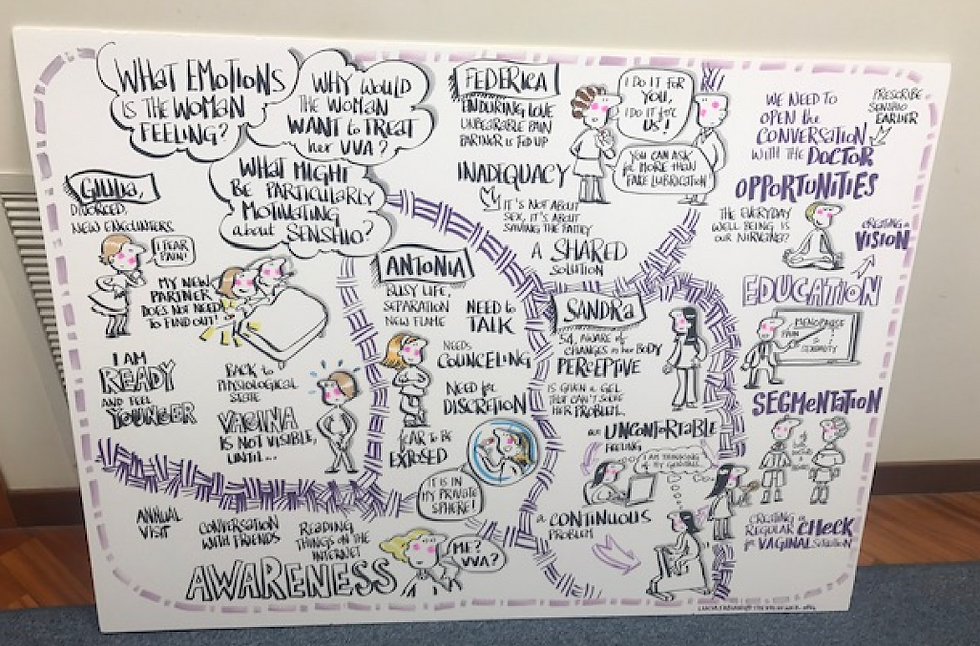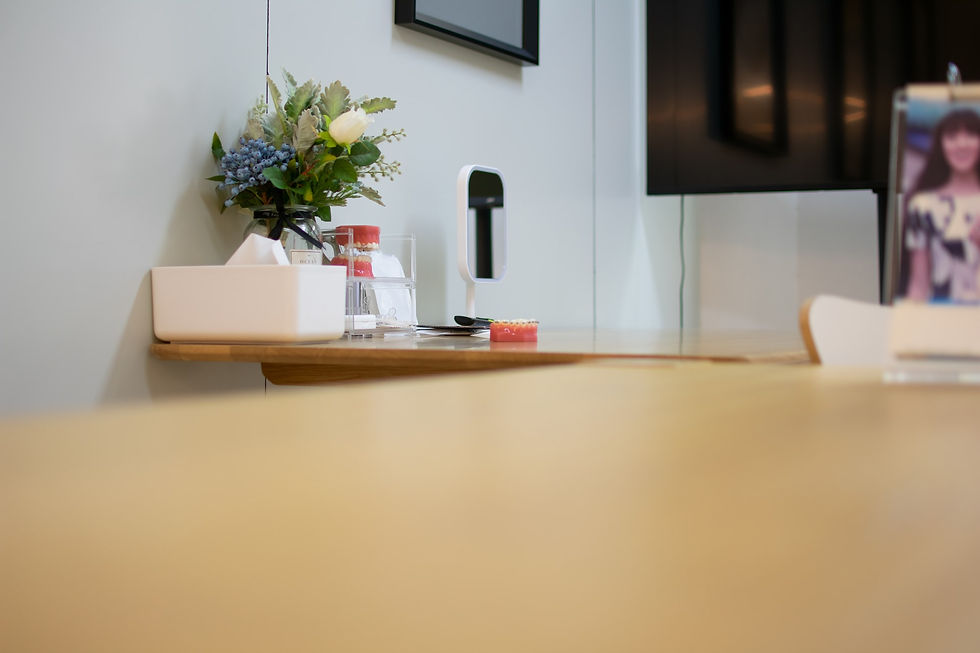Naturalistic qualitative tracking of the launch of a drug amongst physicians and patients to improve the marketing actions
Problem context
A women’s health innovation had been launched in Italy. Our client approached us to monitor its progress so that they could course correct their tactics to facilitate adoption of the drug.
Getting feedback after a launch is critical. However well researched the plans might be, a reality check is necessary to find out what is actually transpiring in the marketplace once a product is launched, and if there are any unexpected turns that one must be prepared for.
Insight needed to be gained on the profile of the actual adopter, the barriers and motivations for prescription, suitable patient groups, and whether the communication material is working. Without such insight, there was a high risk of failure of their newly launched product.
In such instances, companies often rely on their salesforce to get feedback. In our experience, that is a sub-optimal solution. In general, salespeople do not have the interviewing skills or sufficient time to get proper feedback. Besides, there is inevitable bias in these situations.
Our approach
We chose to do depth interviews with physicians every 4 months in their office with 10 -20 private gynaecologists for a few reasons:
-
In a fast-changing environment, we needed an approach that was highly sensitive and could pick up weak signals related to what’s happening in the market. Quantitative surveys, in addition to being expensive, are typically not as sensitive. Additionally, the universe of gynaecologists was relatively small, and after tracking them even for a short time, we would have covered the whole universe
-
In keeping with the “reality” principle, we chose to speak to physicians in their offices. In their natural setting, it is easier to have authentic conversations whilst allowing us to pick cues from the actual environment, e.g., material they are reading
This iterative approach allowed us to learn fast about things that needed immediate correction, e.g., if a particularly important message was not being delivered.
In addition, we conducted a few rounds of patient ethnography with 12 patients at a time for us to understand their experience related to the product.

We ran client workshops with a visual thinker to bring insights from the patient ethnography to life.
Insights and Impact
-
This study continually helped improve the marketing efforts by refining the physician target segments and surfacing barrier and drivers that our clients did not anticipate. Given the nature of the design, the translation of insight to action was very fast
-
We created a “Dove-like" strategy to reach a large group of patients that were being ignored because the physicians were niching the product prescription to a small subset of patients
-
We discovered subtle patient experience benefits allowing the company to articulate a unique aspect of the drug in all their communication
.jpg)
